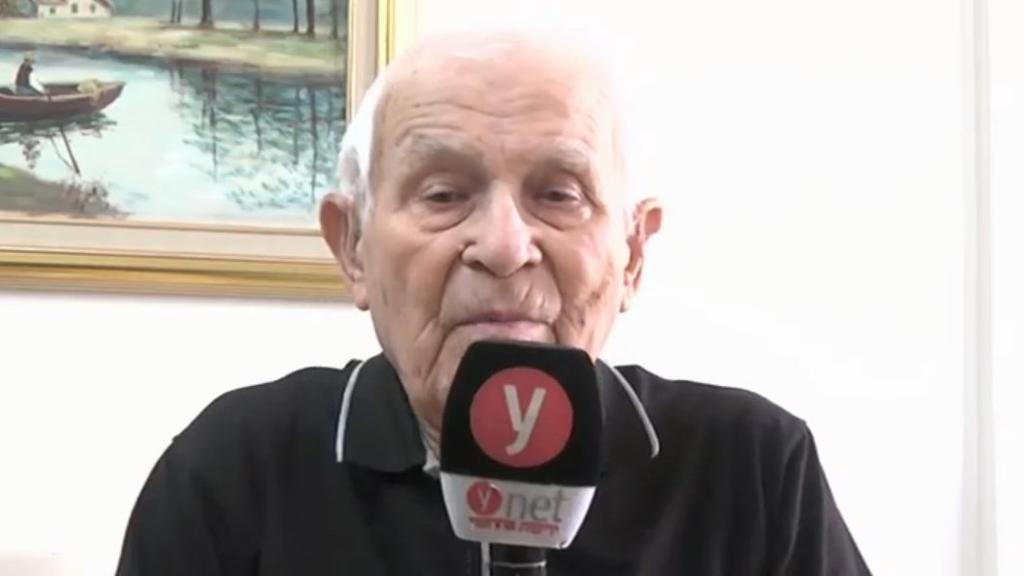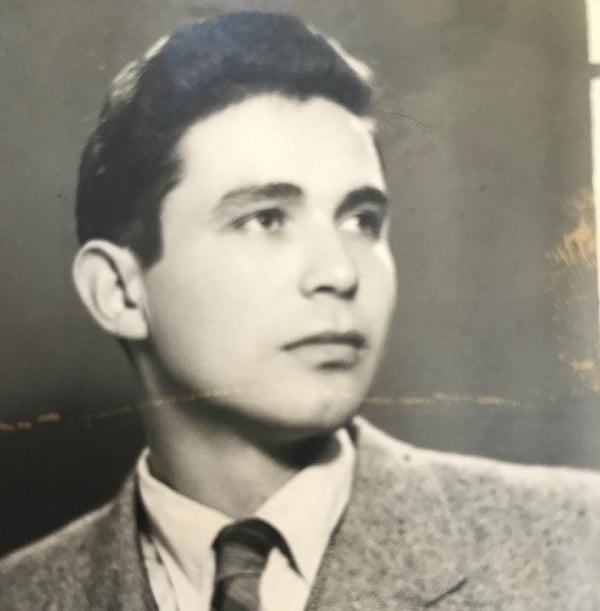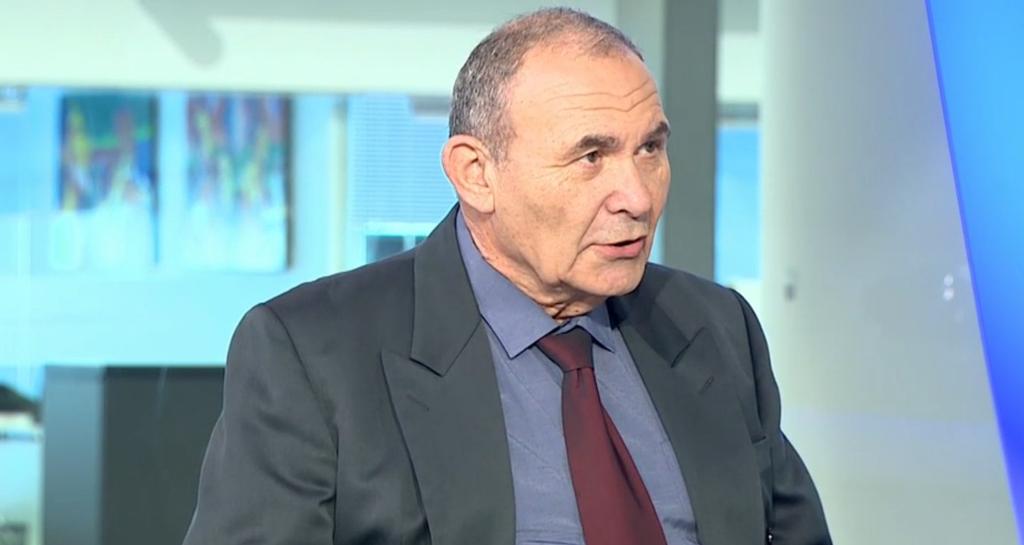Getting your Trinity Audio player ready...
Ben Zion Drutin was a mere child when Nazi soldiers invaded his home town of Chelm in eastern Poland on December 1939. The German troops rounded up the town's 2,000 Jews and forced them to walk to their deaths. This event is believed to be the Nazi regime's first ever "death march," which in the next four years will have become common practice in the German-occupied Europe.
Many Jews succumbed to the elements during these marches, while others were simply murdered by their Nazi jailors.
"I was an 8-year-old boy," recalls 87-year-old Drutin. "Now I can finally make good on the vow I took when I survived the war as a child, I will tell of what happened."
Drutin is believed to be the last survivor and eye witness of the event. "In 1939, the Germans entered our town, they remained there for a month or two, they used to pick on the town's Jews, we didn't know yet that they simply hated us, or that they wanted to murder us."
One day, a month prior to the death march, the local 'Judenrat' (a local Jewish council forced to cooperate with the Nazis) published an announcement calling for all of Chelm's Jews practicing free professions (lawyers, accountants, engineers, etc.) to report to the town's square by 10 am.
Drutin's father, who was a merchant and store owner, was one of those required to report. "I remember hearing my parents fighting, my mother blocked the house's door, yelling at him that he's not going anywhere," he says. "My father insisted on going along with the other Jews in town."
Drutin recalls how his mother adamantly demanded that his father seek shelter in the nearby village where his grandfather lived, 15 km away (9miles). "I can’t begin to imagine what she was going through."
In the end, Drutin's father answered his wife's demands and his life was saved as a result. "My mother had a very good understanding of the situation," says Drutin. "Out of the 2,000 men - who'd been gathered in the square and taken to the Bug River [located in the border regions of Ukraine, Belarus and Poland] - only 150 managed to escape."
The head of the Chelmer Organization of Israel, Benzi Labkovich, whose grandfather was among those killed in the Chelm death march, says the event was all but forgotten by the public. "The death marches the public remembers are those that happened in 1943-45, but the Chelm death march occurred only 3 months after World War II started."
According to him, the public only tends to remember and commemorate the Warsaw Ghetto Uprising as well as the death marches that happened later in the war. "It's important to remember when the first mass murder of Jews happened."
Drutin, who was 13 when the war ended, is one out of only 27 Chelm Jews that survived the war. "Me, my brother and our mother survived," he recalls, "I don't believe there is anyone else who can give a firsthand account of what happened in Chelm."




